When purchasing a home, many buyers are familiar with the need for a mortgage loan to finance their purchase. However, one aspect of home financing that often causes confusion is home mortgage insurance. Whether you’re a first-time homebuyer or someone looking to refinance, understanding mortgage insurance and why you might need it is crucial to making informed decisions about your home purchase.
What is Home Mortgage Insurance?
Home mortgage insurance is a type of insurance policy that protects the lender in case the borrower defaults on the loan. It is typically required when a borrower’s down payment is less than 20% of the home’s purchase price. Mortgage insurance reduces the risk to lenders, which enables them to offer loans to buyers who may not have a significant amount of money saved for a large down payment.
There are two main types of mortgage insurance: Private Mortgage Insurance (PMI) and Government Mortgage Insurance (which includes FHA, VA, and USDA loans).
1. Private Mortgage Insurance (PMI)
PMI is the most common form of mortgage insurance for conventional loans. If you are putting down less than 20%, your lender may require PMI to mitigate their risk. PMI typically applies to conventional loans that are not backed by the government.
2. Government Mortgage Insurance
This category includes insurance for government-backed loans like FHA loans, VA loans, and USDA loans. These loans are typically more accessible to borrowers with lower credit scores or smaller down payments, but they require mortgage insurance as well:
- FHA Loans: Require MIP (Mortgage Insurance Premium) for the life of the loan, but the cost is typically lower than PMI.
- VA Loans: Do not require mortgage insurance, but they may charge a funding fee.
- USDA Loans: Require a guarantee fee, which is similar to mortgage insurance.
Why Do You Need Mortgage Insurance?
Mortgage insurance serves an essential purpose for both lenders and homebuyers. Here’s why it’s needed:
1. Protection for the Lender
The primary purpose of mortgage insurance is to protect the lender in case the borrower is unable to make their mortgage payments. If the borrower defaults on the loan, mortgage insurance covers a portion of the outstanding loan balance, thus minimizing the lender’s financial loss. Since mortgage insurance lowers the lender’s risk, they are often more willing to approve loans with smaller down payments or less-than-perfect credit scores.
2. Enables Borrowers to Buy a Home with a Smaller Down Payment
One of the most significant benefits of mortgage insurance is that it allows homebuyers to purchase a home with a smaller down payment, often as low as 3% to 5%. Without mortgage insurance, lenders would typically require a down payment of at least 20% to offset the risk of a loan default. For many homebuyers, especially first-time buyers, coming up with a 20% down payment can be an insurmountable hurdle. Mortgage insurance removes this barrier, making homeownership accessible to a broader range of buyers.
3. Helps Buyers with Less-than-Perfect Credit
In addition to allowing smaller down payments, mortgage insurance can also benefit buyers with lower credit scores. If a borrower’s credit score doesn’t meet the standard requirements for a conventional loan, mortgage insurance can provide the added security the lender needs to approve the loan. Government-backed loans like FHA loans often have more lenient credit score requirements and may only require a lower down payment, making homeownership an option for individuals with less-than-ideal credit.
4. Faster Path to Homeownership
Mortgage insurance speeds up the process of homeownership by allowing borrowers to purchase a home sooner. Without mortgage insurance, buyers might have to save for a larger down payment or work on improving their credit score, delaying their ability to buy. With mortgage insurance, they can secure financing with a smaller down payment and enjoy the benefits of homeownership much sooner.
How Does Mortgage Insurance Work?
Mortgage insurance premiums are typically added to your monthly mortgage payment, although there are a few different ways it can be structured:
- Monthly PMI: The most common arrangement, where PMI is paid as part of your monthly mortgage payment.
- Upfront PMI: In some cases, PMI can be paid upfront as a one-time premium at closing.
- Split PMI: Some loans have a combination of upfront PMI and monthly PMI.
The cost of PMI varies based on several factors, including the size of your down payment, the amount of your loan, and your credit score. Generally, the lower your down payment and credit score, the higher your mortgage insurance premium will be.
For government loans like FHA, MIP or the guarantee fee is typically paid as part of your monthly payment. The cost can also depend on the loan amount, the length of the loan, and whether the borrower is putting down less than 10%.
Can You Avoid Mortgage Insurance?
Mortgage insurance can increase the overall cost of homeownership, so many borrowers seek ways to avoid it. Here are a few strategies to reduce or eliminate mortgage insurance:
- Save for a Larger Down Payment: If you can put down at least 20%, mortgage insurance may not be required. This is the most straightforward way to avoid PMI and keep your monthly payments lower.
- Consider a Piggyback Loan: A piggyback loan involves taking out two loans simultaneously: one for 80% of the home’s value (the first mortgage) and the other for 10% or more (the second mortgage). This can allow you to avoid PMI, as long as the combined loan-to-value ratio is less than 80%.
- Refinance: If you’ve built up sufficient equity in your home, you may be able to refinance your mortgage and remove PMI. Refinancing typically requires you to have at least 20% equity in your home, which you can achieve over time by paying down the principal or if the value of your home increases.
- Look for Lender-Paid Mortgage Insurance (LPMI): In some cases, lenders may offer the option of lender-paid mortgage insurance, which means the lender covers the PMI cost, but in return, the interest rate on your mortgage is higher. This option eliminates the need for a separate PMI payment but can increase your long-term costs.
Conclusion
Home mortgage insurance plays a crucial role in making homeownership accessible to a broader range of buyers. By protecting the lender from the risks of default, mortgage insurance allows homebuyers to secure financing with lower down payments, even with less-than-perfect credit. While it adds to the cost of owning a home, it enables buyers to purchase homes sooner and avoid waiting years to save for a large down payment. Understanding the types of mortgage insurance available, how they work, and how you can avoid them is essential for making the best decision when purchasing your home.

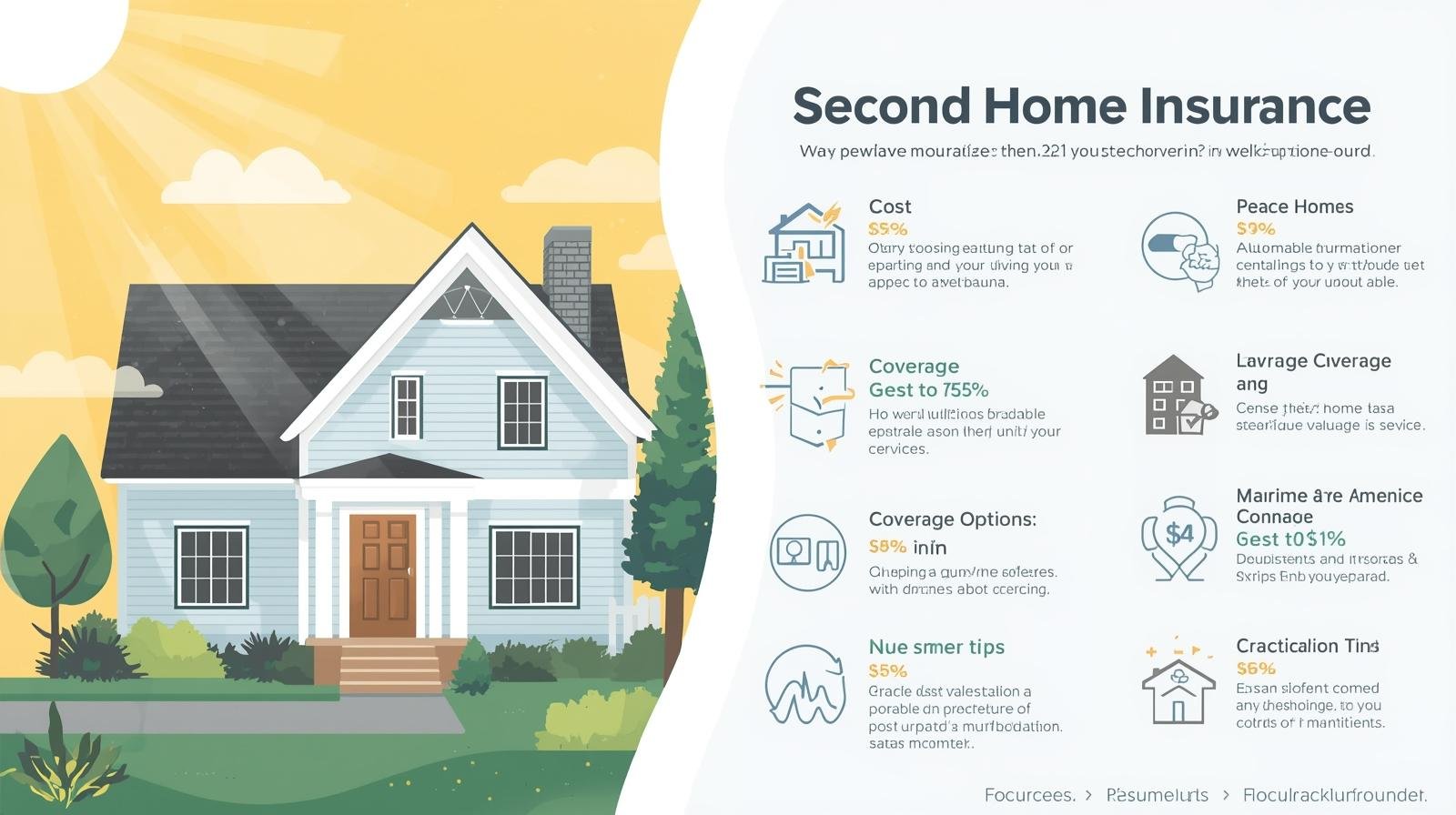
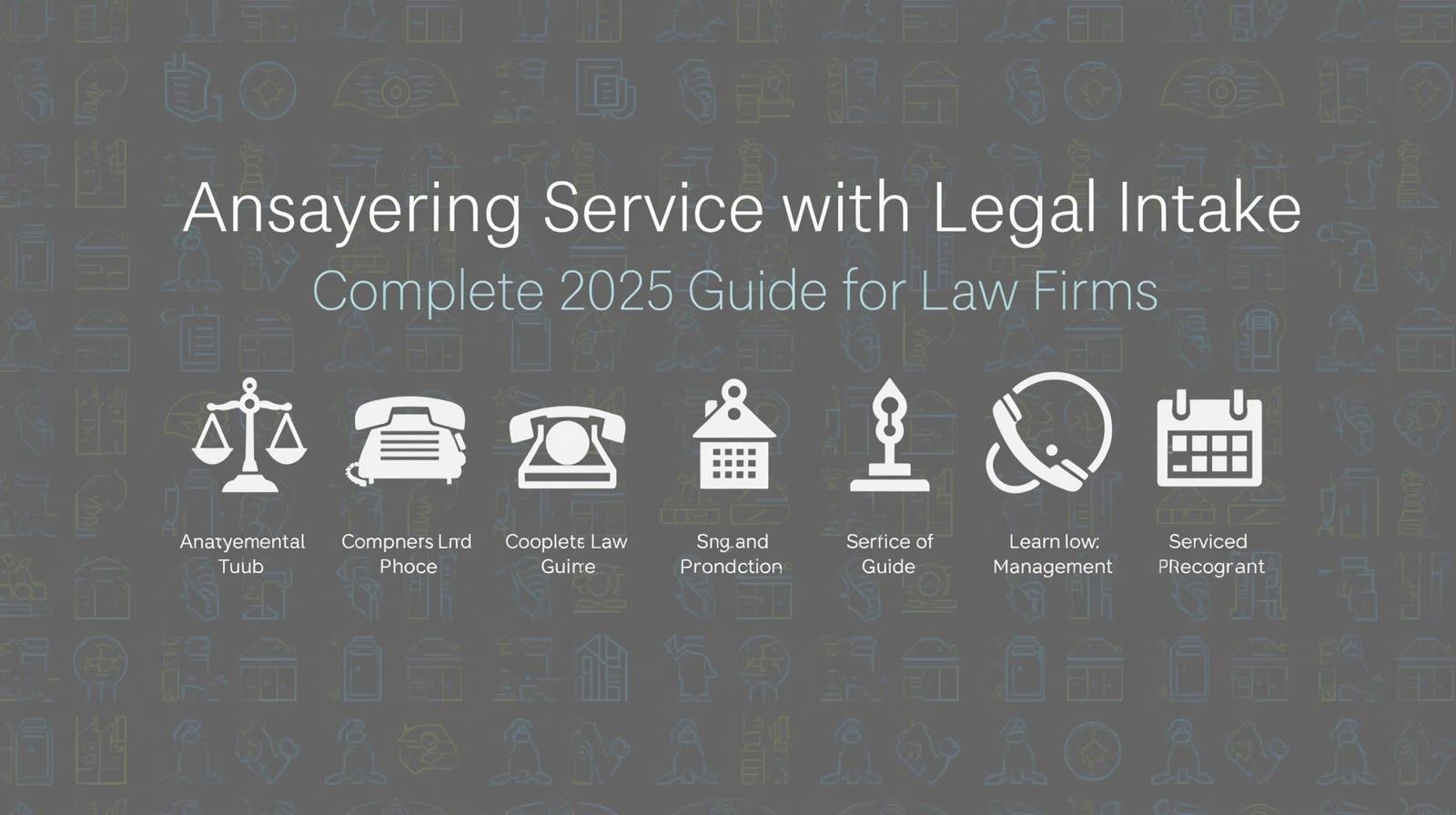
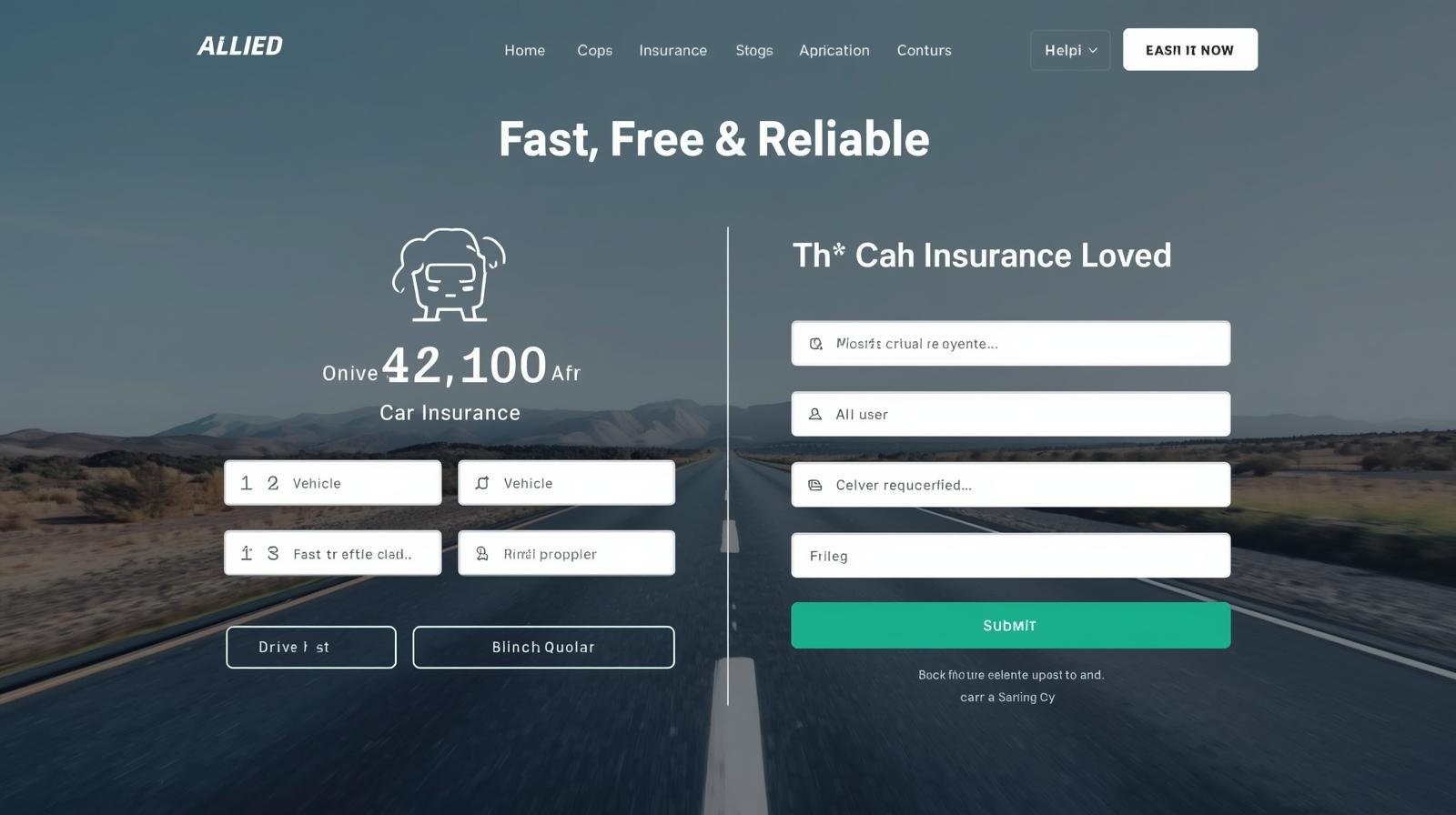
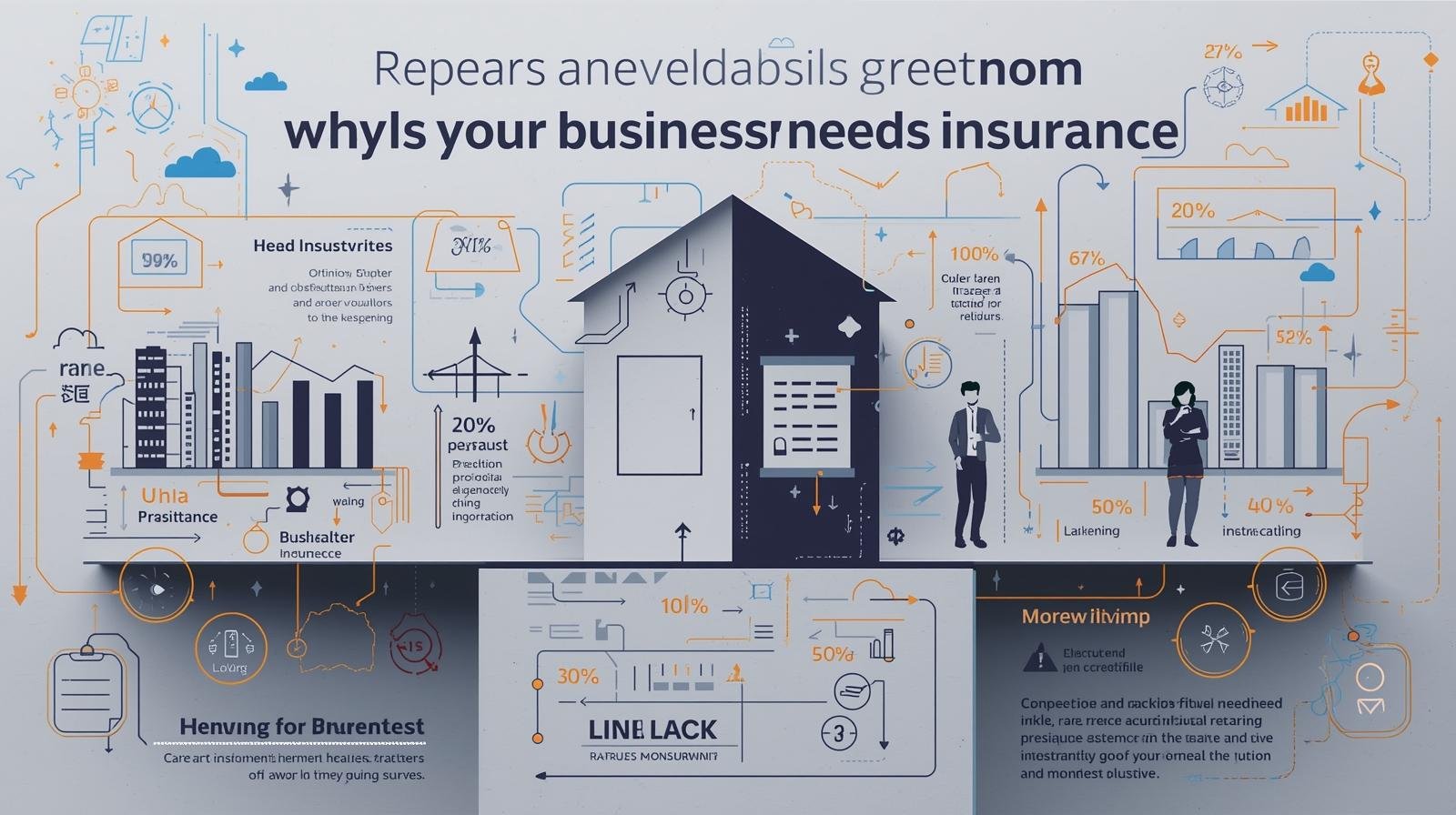

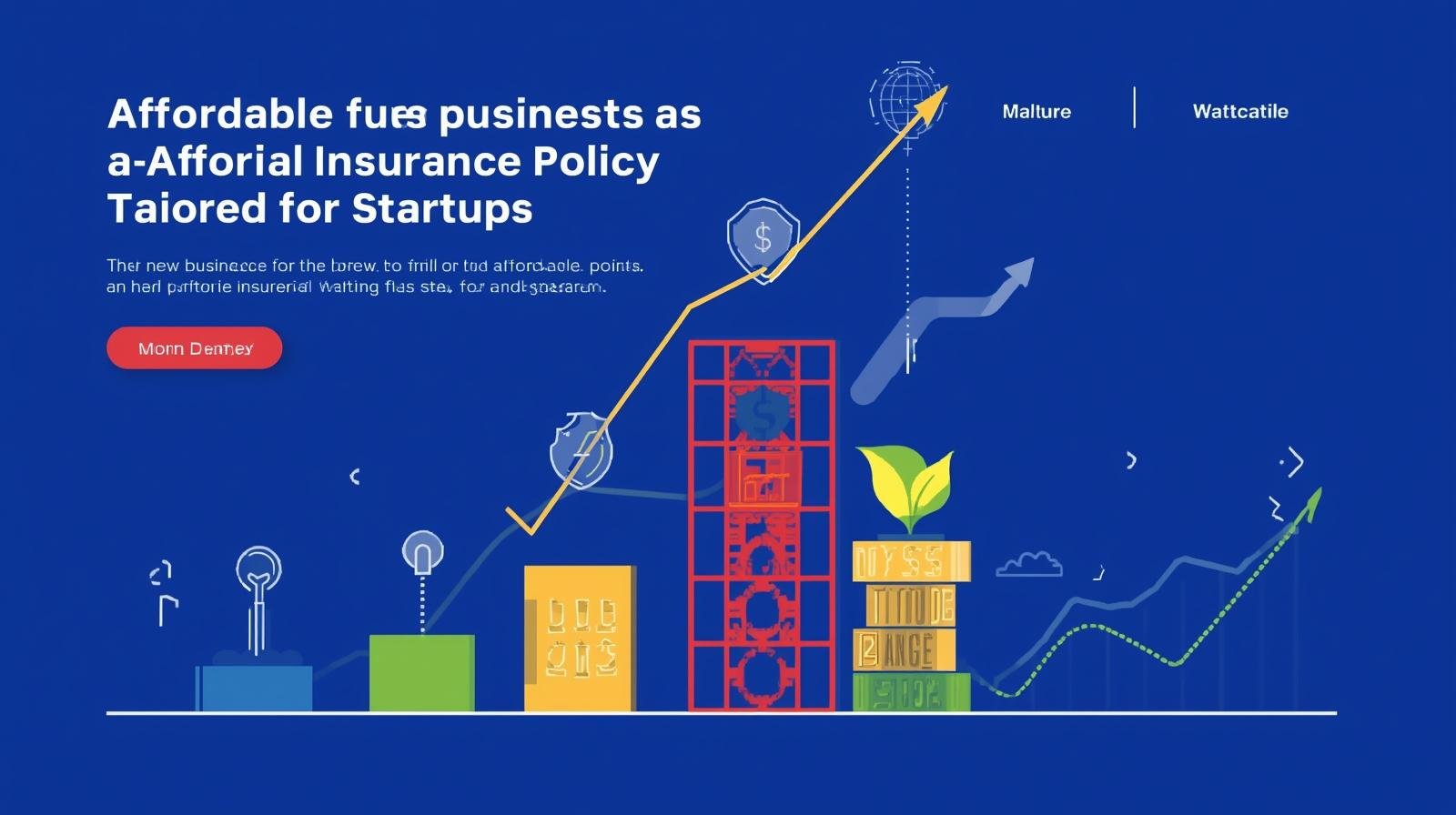
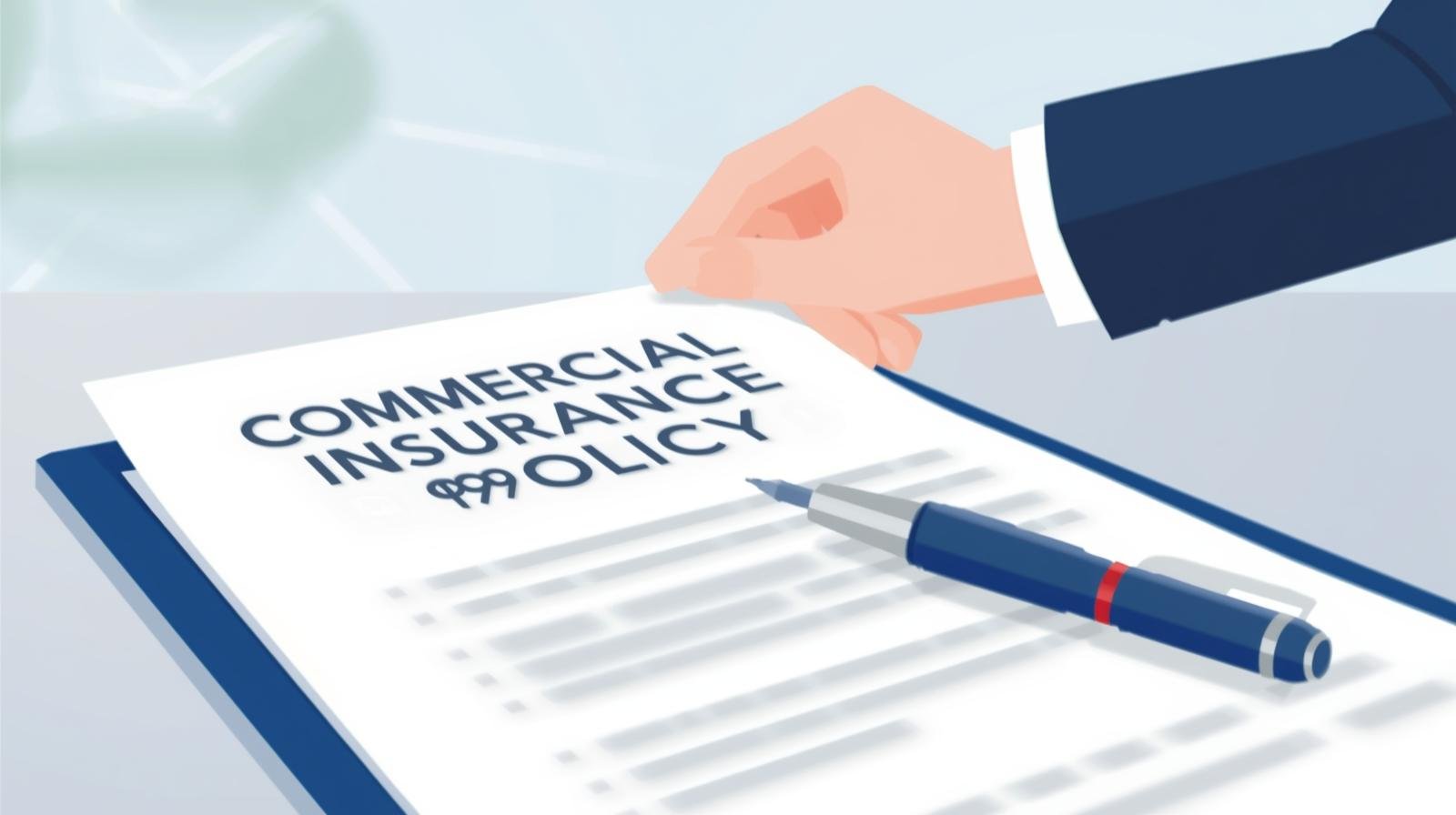

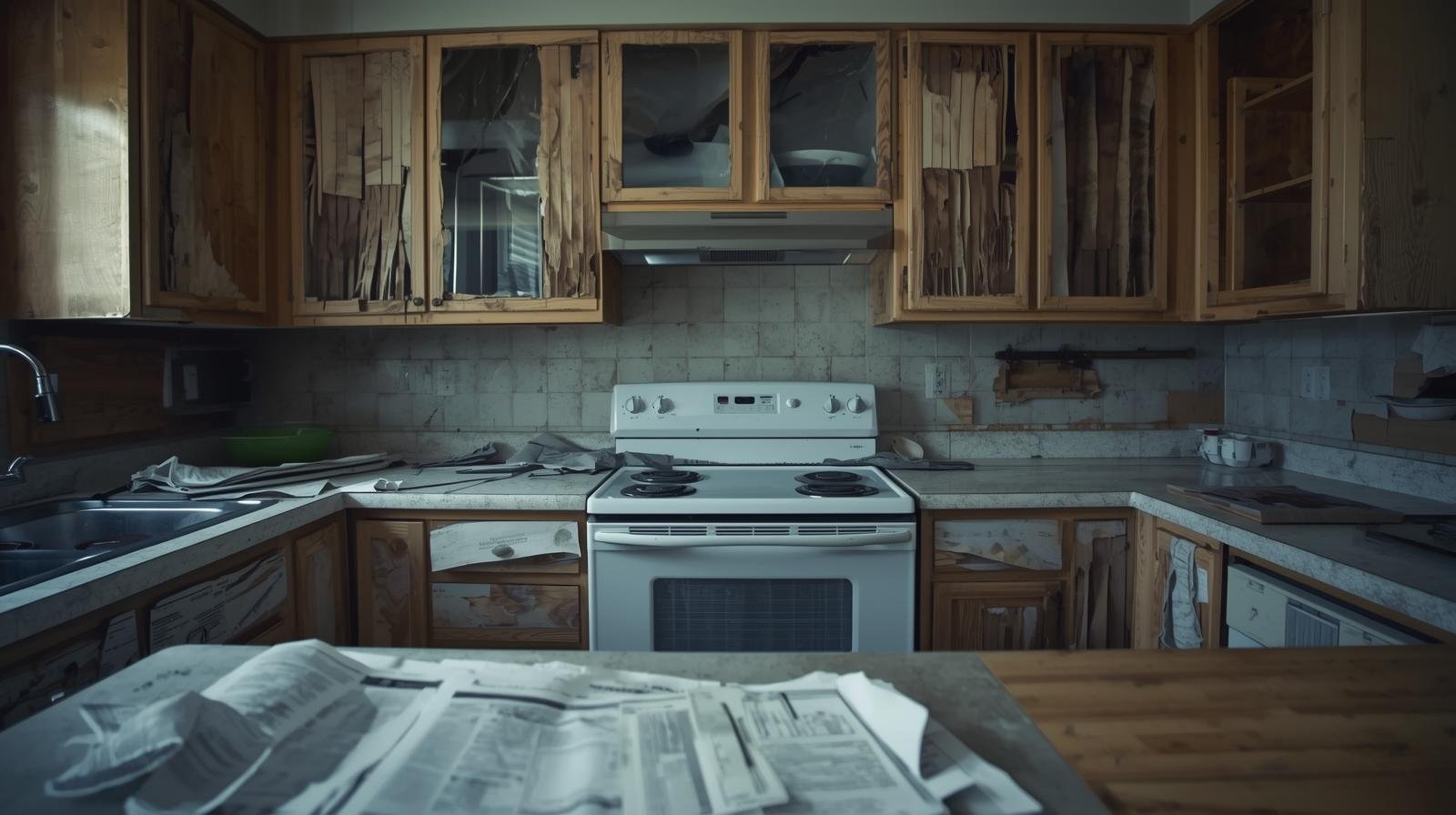
Leave a Reply